NOTE: This article was first published over at nikonglass on the 30th May 2010

INTRO
After a quick search on the internet, the info you’ll gather for this lens will be sort of disappointing since most reports concentrate on softness and vignetting issues that may have some merit but I believe are slightly over-exaggerated since we dont all shoot brick walls but images. Personally, I feel this lens deserves a better representation on the web especially when combined with today’s 12MP full frame cameras, such as the D700 and D3. Once you get to know this lens, you too will discover how amazing it can be. It’s one of the least known wide angle Nikkor’s and part of its peculiar yet excellent performance is due to the inclusion of an aspherical element – a very expensive addition back then. At the time of this writing, Amazon.com still has this lens listed as available new for $2200. On ebay prices range from $250 to $1000 – I got mine in mint condition for 500€.
DESCRIPTION
The lens is light and feels good on both the D3 and D700. Manual focusing is not its forte since it has been designed to focus quickly in AF mode, which means the MF throw is short and “loose” providing no precision at all. For the newcomers to the Nikon world, this lens has no AF disengage switch, which means that you need to support the lens in such a way as to not get your fingers jammed up against the focusing ring when using the AF or switch to MF on the body. The 18mm is a pro specified lens with metal in all the right places for a solid and reassuring construction. It has a nice crinkle finish and even though it comes with a 77mm front filter thread, the lens is small and easily transported in a vest pocket. This lens is nothing like the “old” plastic AF primes, which are still sold to this day.

SPECS
• Amazingly, this lens is comprised of 13 elements (I aspherical) in 10 groups!
• Picture angle on FX is 100° and on DX format cameras 76°
• It uses a 7-bladed diaphragm design with straight blades (no big deal really for such a wide angle lens).
• Closes down to f/22
• The front of the lens, which doesn’t rotate accepts today’s standard 77mm filters.
• The AF mechanism is the old screwdriver type (and it’s quick)
• Unfortunately the short throw means the MF ring is too loose to be used comfortably
• Closest focusing distance is 0.25m and max reproduction ratio 1/9.1
• The size (82×58mm ) and weight (380g) make this very easy to pocket
• Supplied accessories included the bayonet hood HB-8 and lens case CL-17
Whats the 18mm really good for?
When Nikon released the AF 18mm in late 1993, the marketing department targeted everyone and included all facets of photography in its advertising campaign, but during the design process, the engineering department had certain goals to achieve and certain customers in mind. Basically, Nikon has always targeted the hard working PJ with its more exotic designs, so this explains the loose manual focus but quick AF, the very good center performance and the excellent close focusing performance. It’s in these areas, that this lens differs so much from the AF 20mm f/2.8 lens. The 18mm is a great lens to use in crowds, especially held overhead. Wide open performance is very good to excellent, enabling to shoot a person within its environment without including a “focused” background. Of course, you need to keep your main subject close to center for good results. I wouldn’t recommend this lens to landscapers, since the darkening and softening of the edges are very noticeable. I have also noticed that the background never seems to come into focus, even with large apertures, though I think this has something to do with its special CRC design where the emphasis is on close range sharpness with max contrast, so its behavior focusing up front and relying on DOF for sharpness in the background is not the same as with the AF 20mm.
Distortion and shooting tips
Another plus for this lens is the better than average distortion, which is good for most photography but for the reasons already mentioned, you probably wouldn’t use this lens to shoot buildings professionally. As a PJ lens, the minimum distortion is good at minimizing distorted people, as long as you learn how to use such a wide angle lens to your advantage. Now, for those people shooting brick walls, you will notice some barrel distortion, but nothing to get really upset about. On plenty of forums, people report “unwanted” distortion when using ultra wide angle lenses, but most reports are probably referring to natural distortion due to perspective and not to the unwanted pincushion and barrel type of distortion, commonly found on most zooms and telephotos. “Natural distortion” is something we come across every day. When facing a large square building the side closest to us will seem larger than the rear due to the natural laws of perspective.
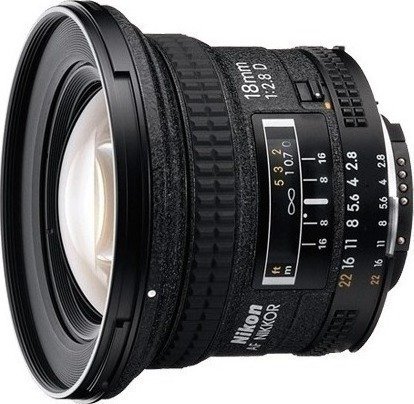
Now a wide-angle lens will only exaggerate this, and the wider we go the more pronounced this effect will become. Parallel lines will seem to converge at some point in the far distance, and will be exaggerated even more if we tilt the lens (something a lot of good photographers try to avoid). Most people don't comprehend the scale of this effect with an ultra wide such as the 18mm until they actually see their first photos. It does need some getting used too, so anything containing straight lines may warrant holding the camera in such a way as to keep the film plane vertical to the ground and parallel to the horizon.
With environmental portraits it is preferable to keep the lens at the same level as the faces and try to place them closer to the centre of the frame if you desire the least amount of perspective-distortion. Avoiding to tilt the lens is good practice and most often you will probably find yourself kneeling for better framing. Plus, working with a picture angle of 100° means you should be careful not too include unwanted objects into the scene such as a tripod leg, especially in the vertical position.
Something else worth noting about using such a wide angle lens is that noticeable straight edges (eg buildings, horizon line etc) should not be placed very close to the extreme edge of the frame since the little wavy distortion present will only be amplified to the naked eye. As many of you might have gathered by now, getting good images from a ultra wide angle lens is not so easy. You need to be more conscious of your fore, middle and background. Being forced to place people in the middle of the frame should not pose a problem since cropping digital images is easy and pretty much part of our digital workflow. Generally, you will need to think more the wider you go!
Optical performance
Wide open the lens delivers very sharp results in the center (especially when focused close) and gets better while closing down the aperture extending the sharpness towards the edges without ever really reaching far.
The edges are also weakened by the vignetting which is pretty severe wide open, a little better by f/4 and gone by f/8. Thankfully, if shooting a landscape, the vignetting starts to disappear as you close down and focus further away.
Contrast and color are generally great with this lens (in the center). Unlike the new AFS VR 16-35mm or the older AF 18-35mm f/3,5-4,5 (which by the way, both are generally sharper) distortion is very well controlled and will not be of any concern, unless you shoot a building with a straight line right next to the edge off the frame. I usually shoot this lens wide open and use other lenses for my landscapes and architectural shots.
Flare is generally OK, unless shooting in strong sunny conditions. Like with most lenses, the hood should be used at all times and the photographer needs to be careful to shade the lens so as to prevent any flaring or ghosting.
Last thoughts
Back in the film days, I was a big fan of the AF 20mm f/2.8D and preferred it over the more specialized 18mm. The 20mm was the better lens, since it could double as a landscape/architectural and environmental portrait lens for a lot less money. The AF 18mm f/2.8D was at the time very expensive and not really good at landscapes due to its soft edges and heavy vignetting.
Today, we have full frame digital cameras and dedicated raw converters that can correct for certain amounts of lens aberrations such as CA’s, vignetting and even distortion, so things are indeed different when looking at such a lens today, especially since it can be found on the used market for a lot less than what it was first sold for.
So, if you are into street, event, culture or reportage photography and looking for a light, pocketable and unobtrusive fast wide angle lens, then go e-baying for a reasonably priced AF 18mm Nikkor, you’ll fall in-love with it once you learn its limitations ... but don't buy it for anything else!
Pictures taken with the AF NIKKOR 18mm f/2.8D
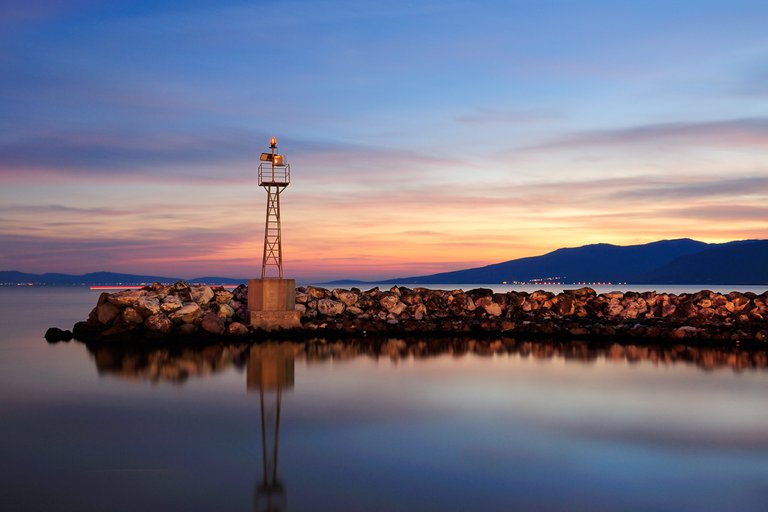
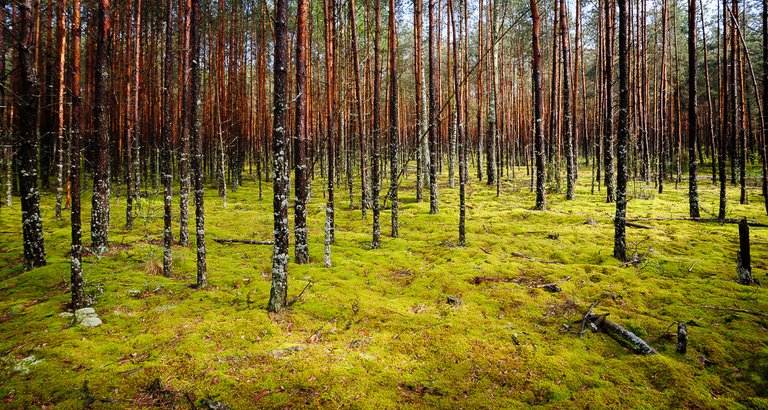
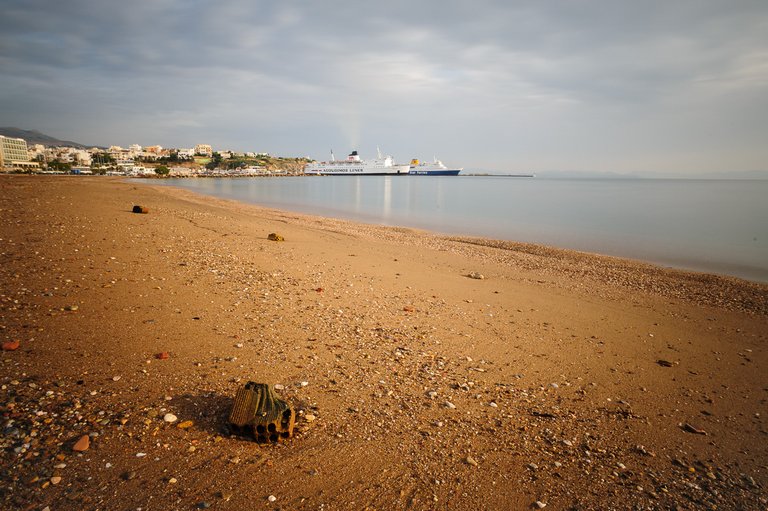
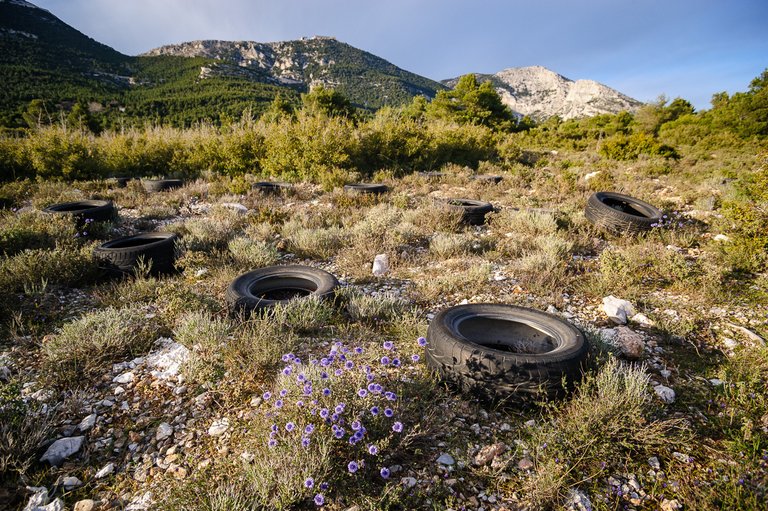
UPVOTE & SHARE
If you enjoyed this article I would really appreciate an upvote ;-) You could also help me by resteeming my article for others to find and read, thanks!